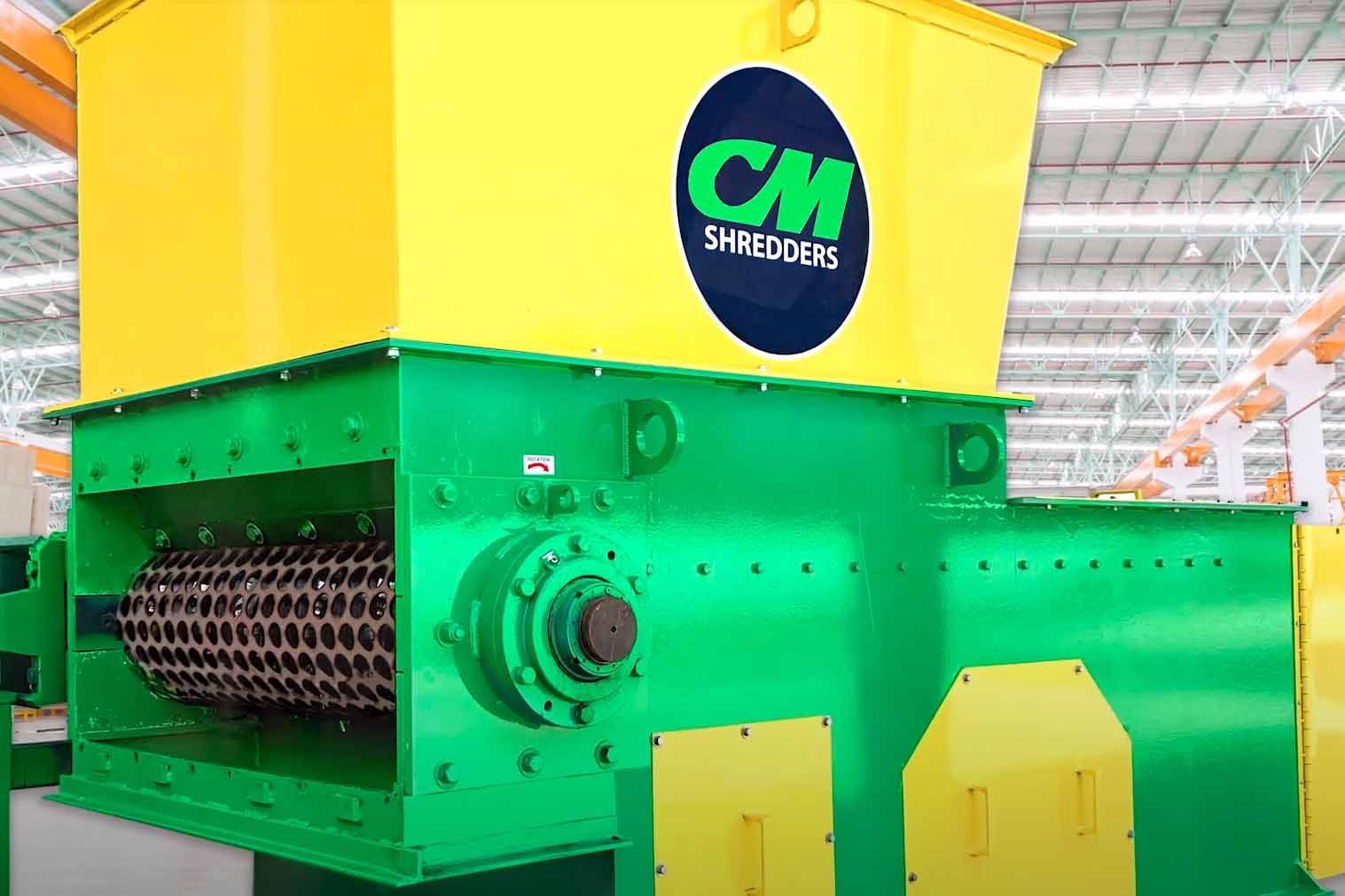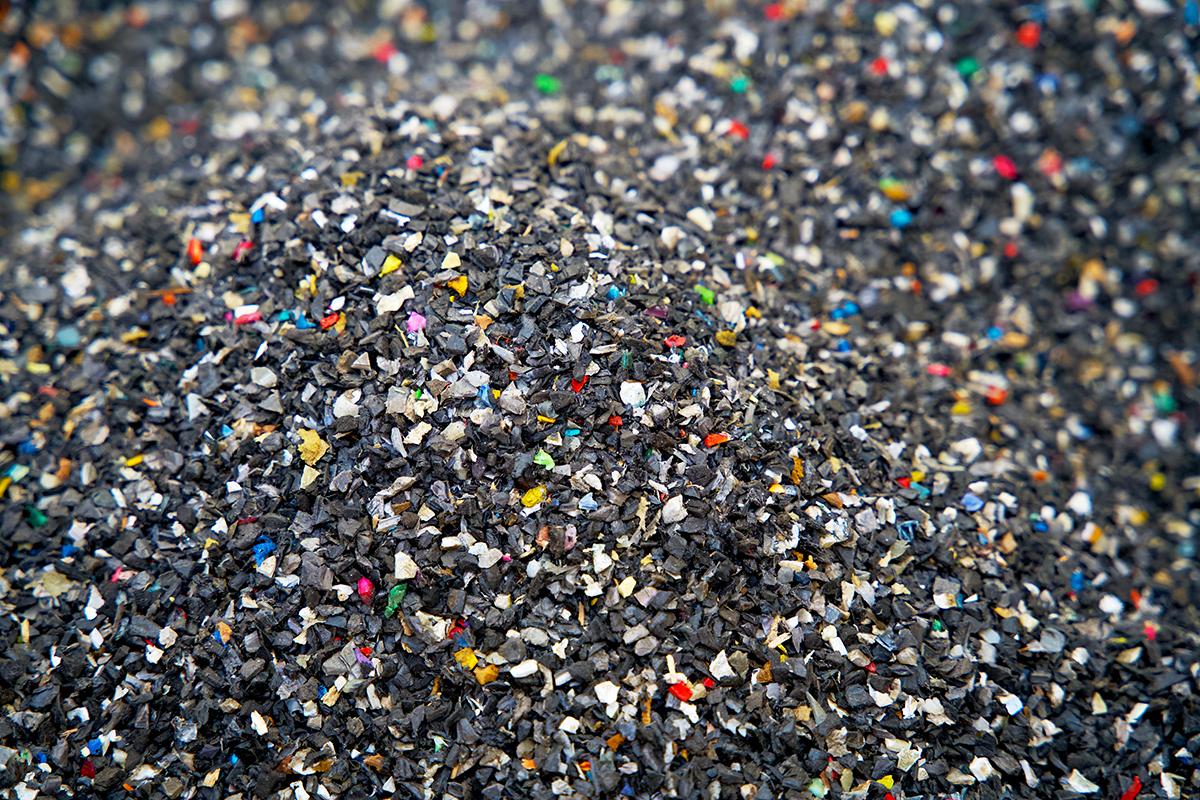CM Shredders last fall introduced its SOLO Series of size reduction equipment, which the company designed to have low operational costs and high performance.
The SOLO Series is a line of single-shaft shredders that feature four-way reversible tool steel cutting knives. These components can be rotated four times, one of several design features that aims to lower operating costs.
The shredders were engineered for “performance, durability and the lowest cost of operation in the industry,” CM Shredders stated in a release. The product line was “designed for less power usage, minimal dust and reduced manpower requirements.”
The Sarasota, Fla.-based manufacturer designed the shredders to provide quick access to replaceable sizing screens and to include a Smart-Ram system that adjusts ram pressure to maximize efficiency and capacity.
The shredders are tailored for processing plastics and a variety of other material streams. The SOLO Series provides a consistent and exact finished particle size, according to CM.
The shredders are available in five models, with the options of a 12-inch, 15-inch or 20-inch rotor diameter and powertrain options ranging from 30 horsepower to 125 horsepower.
The SOLO Series is CM’s first new product developed jointly with Schutte Hammermill. The companies were joined together under the Bengal Machine group through an acquisition last year.
To receive the latest news and analysis about plastics recycling technologies, sign up now for our free monthly Plastics Recycling Update: Technology Edition e-newsletter.























